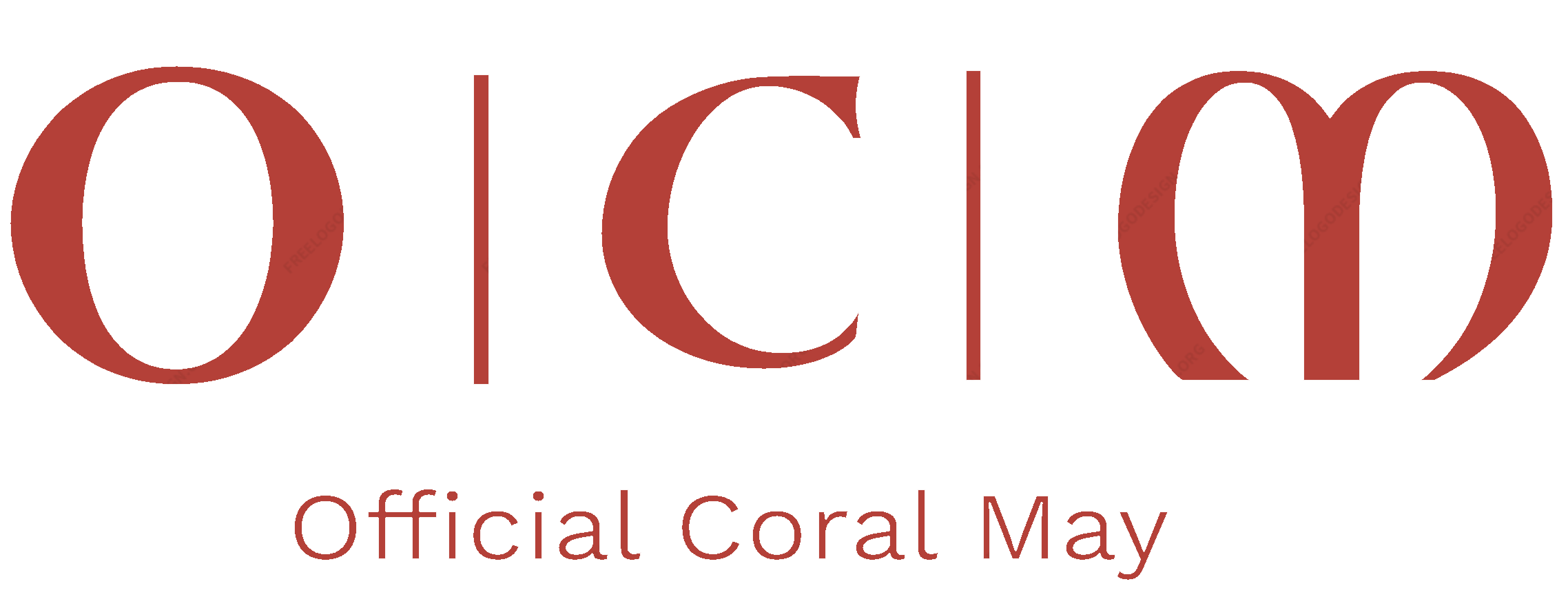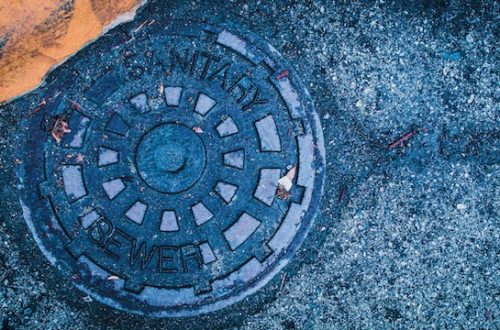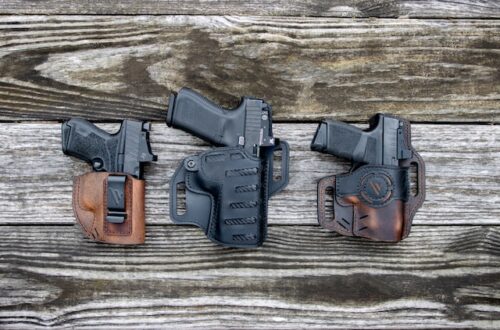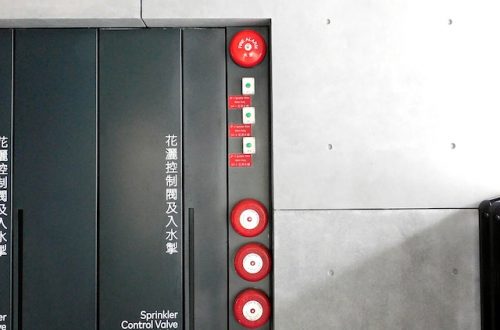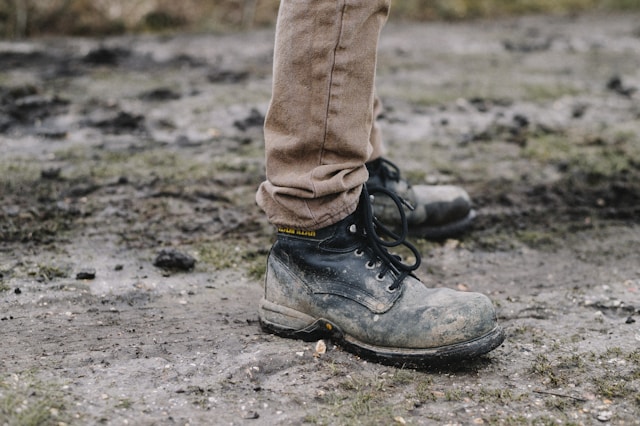
How to Find the Perfect Fit for Your Work Boots
Finding the perfect fit for your work boots is essential to avoiding foot pain and other discomfort. Look for shoes that fit well around the heel, midfoot, and toe area.
Try on your boots with the socks you’ll wear at work. Your feet swell throughout the day, so choosing a pair of snug but not tight shoes is critical to ensuring comfort and support from start to finish.
Measure your feet
Getting the perfect fit for your work boots Canada is essential to ensure comfort and safety. Several factors are to consider, including length, width, arch support & the toe box. Try on a pair of boots while wearing the same socks you wear at work (since different types of socks affect shoe size). Walk, climb, squat & replicate workplace movements to test the fit & feel of the shoes.
Ensure your feet are snug enough that they don’t move around but still have room to wiggle comfortably. If your toes touch the end of the boot or come close, it’s too narrow & you should try a wider size. A good boot should also have a firm arch support that aligns with your natural foot shape. This reduces fatigue & discomfort and helps you to maintain balance & stability on your feet. The heel should also sit snugly in the boot without being too tight.
Try on the boots
How your work boots fit your feet is a critical factor in comfort and safety. Too loose boots can slip, causing blisters and other foot problems. Too tight boots can restrict movement and cause hot spots that lead to painful blisters.
Try a pair of work boots in the afternoon when your feet are slightly swollen to get an accurate idea of how they’ll fit during your busiest moments on the job site. Bring the socks you plan to wear with your boots during the day so you can accurately replicate your work conditions and movements.
Test the length of your work boots by sliding your foot forward in the shoe. There should be a thumb’s width of space between your longest toe and the end of the shoe, and the shoe should flex at the ball of your foot when properly fitted. This allows for your foot to move naturally while keeping the arch supported.
Adjust the laces
The way you lace your work boots can impact how they feel on your feet. Experiment with different lacing techniques to find the one that works best for you and your job.
Ensure your laces are tight enough to keep your foot securely in place without feeling uncomfortable or causing pressure points. A properly snug fit provides the stability you need for comfortable walking and navigating tricky surfaces.
Your toes should have a little wiggle room in your work boots to prevent them from being crammed and scrunched together. They also need room to move as you walk, so a good fit is crucial for preventing blisters and other work boot problems.
Try on work boots in the evening or later to see how they feel as you take them through your regular work routine. Because your feet tend to swell throughout the day, footwear that fits well in the morning might feel too tight later.
Check the toe box
The toe box of work boots is critical for comfort. The toes can swell over a day, so comfortable work boots need enough room in the toe box to accommodate this natural movement. If you push the toes of the boot and they can move freely without any pinching or discomfort, the fit is good.
The heel area of a work boot should be snug but not too tight, with enough room for your index finger to fit between the back of the shoe and your foot’s heel. The shoes should also flex at the ball of your foot.
A well-fitting pair of work boots can help reduce your risk of injury and improve your overall job performance. Measuring your feet correctly, following boot size guides and boot width charts, and testing your footwear for fit are essential to finding a comfortable work boot. The right fit helps prevent blisters, chafing, and other uncomfortable foot and body issues.


